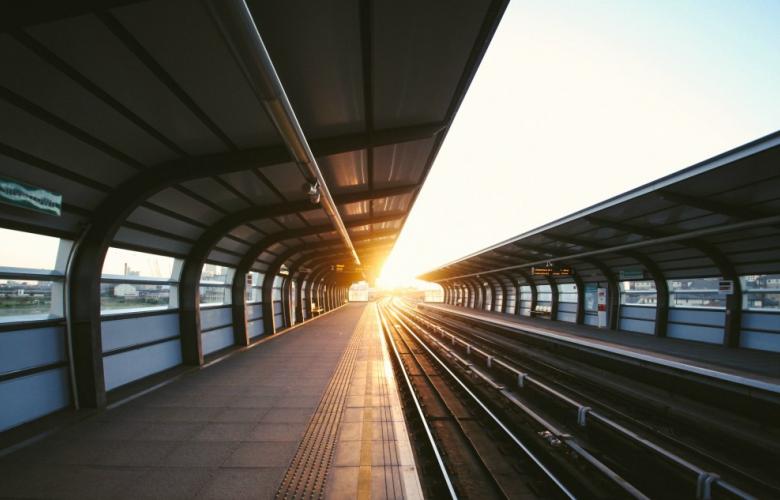Rail connections to spur growth in Malaysia
Contact
Rail connections to spur growth in Malaysia
High-speed rail networks, currently in the pipeline, will put the region firmly on track for greater opportunities.
As the Association of Southeast Asian Nations (ASEAN) marks its 50th anniversary on August 8, 2017, the region is gearing up for greater growth and investment.
Already a powerhouse in the wider region, Southeast Asia’s economies are projected to grow at an annual average of five percent until 2020, and the real estate industry is also set to benefit as demographics and market size draw investments around manufacturing and logistics assets.
Looking ahead, a number of developments are in progress, set to fuel the region as an engine of growth; China’s Belt Road Initiative will cut through Vietnam, Malaysia and Indonesia while the Regional Comprehensive Economic Partnership (RCEP) currently being negotiated between ASEAN and six of its main trading partners –China, Japan, South Korea, India, Australia and New Zealand – will promote free trade in goods and services as well as enhance investments.
In particular, various high speed rail projects being undertaken in across Southeast Asia could create a powerful nexus of connections. Singapore and Malaysia have proposed a high speed rail project between the two nations while Indonesia is planning its own between Jakarta and Bandung and the Sino-Thai rail scheme has recently been accelerated with construction targeted to start in October.
The high speed rail effect
“Infrastructure development plays a key role in driving long-term economic growth and Southeast Asia could learn from other similar existing schemes across Asia as a way to create opportunities not just for investors and developers, but also for businesses and inhabitants as high speed rail networks create new routes and new hubs in and around the cities they serve,” says Regina Lim, Head of Research at JLL Singapore.
Steven McCord JLL’s Head of Research for North China points to the example of China’s high speed rail between Beijing and Shanghai which has spurred development in Nanjing, Changzhou, Wuxhi and Suzhou. “High-speed rail can cause a shift in mindset. Beijing residents used to think of Tianjin as a distant destination, a full day’s travel away. Now they see it as their own backyard.”
The Sino-Thai railway link, which will connect Thailand’s industrialised eastern seaboard to its northern provinces, is projected to reduce the travel time between Bangkok and the northeastern province of Nakhon Ratchasima from six hours to less than 90 minutes.
The recent popularity of building mixed-use developments on top of train stations in populated cities has proven to be strategic investments; In Japan and Hong Kong, mixed-use developments are often “bolted” right on top of the train stations and they have become destinations in themselves. Singapore is looking to emulate this. The upcoming high-speed rail terminus in Singapore’s Jurong is set to be a “mixed-use precinct” according to the Minister for National Development, Lawrence Wong, housing offices, housing, hotels, and other commercial amenities.
The future of ASEAN looks bright as it becomes more integrated and developed in the coming decades. The high-speed rail networks currently in the pipeline will put the region firmly on track for greater growth and opportunities.
Source JLL
Similar to this:
How high speed rail could energize Southeast Asia








